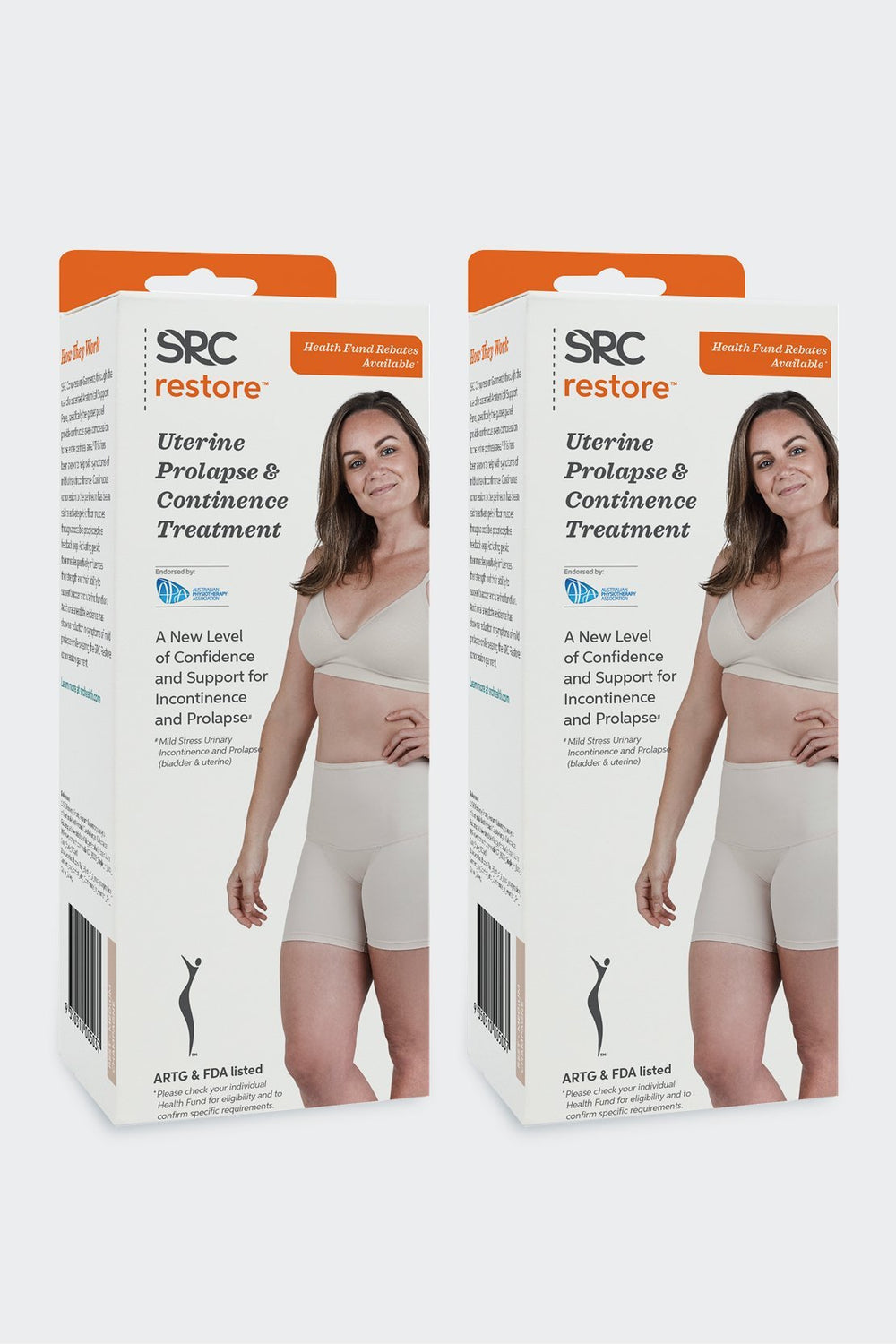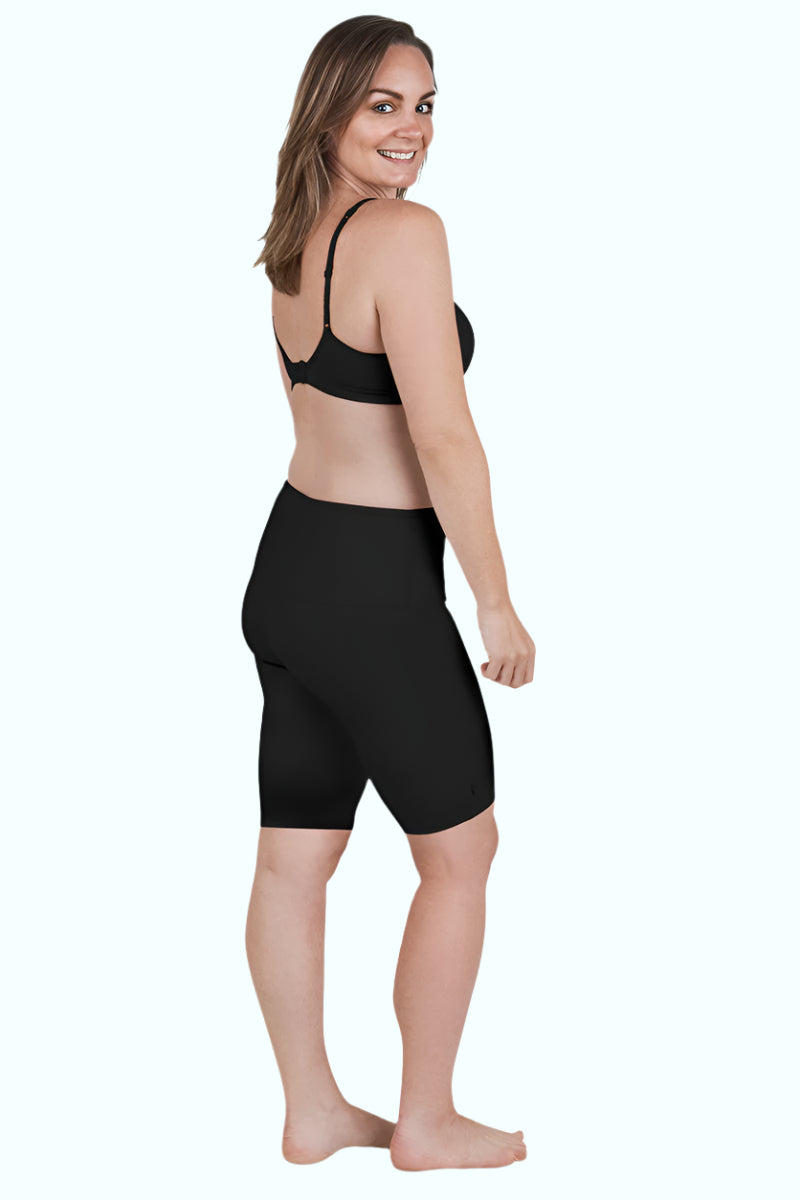What is Pregnancy Pelvic Girdle Pain?
Pelvic Girdle Pain is a condition that causes pain around the joints of the pelvis, commonly during and after pregnancy. Pelvic Girdle Pain is the umbrella term for pain that effects the Symphysis Pubis and both Sacro-iliac joints.
In severe cases and if Pelvic Girdle Pain goes untreated it can result in lifelong disability. As with all pain it’s advisable to take the “better be safe than sorry” approach and see your health care professional as soon as you can especially when you are pregnant.
Symptoms of Pregnancy Pelvic Girdle Pain can be mild, moderate or severe. During pregnancy symptoms can improve, stay the same or worsen. Pain can begin as early as the first trimester or sometimes after the baby is born.
Pregnancy Pelvic Girdle Pain symptoms include:
- Pain in the front or back of the pelvis, groin and buttocks.
- Difficulty walking or a waddling gait.
- Pain felt when standing on one leg: getting dressed; climbing stairs; getting in and out of the bath.
- Pain felt when turning, twisting or bending: getting out of bed; out of the car; pushing a shopping trolley; day to day activities.
- Some women may feel or hear a clicking or grinding sensation in their pelvis.
- Some women find it difficult to part their legs without severe pain.
- Pain and discomfort during sexual intercourse.
How common is Pregnancy Pelvic Girdle Pain?
Approximately 45% of all pregnant women and 25% of all women after childbirth suffer from Pelvic Girdle Pain. After delivery, Pelvic Girdle Pain can take from weeks to months or even years to subside.
What are the main causes of Pregnancy Pelvic Girdle Pain?
During pregnancy a hormone called Relaxin softens the ligaments around the joints of the pelvis. For some women this process causes the joints of the pelvis to loosen too much. This can result in the pelvis becoming unstable or out of alignment.
Pregnancy can put strain on muscles of the back, stomach, pelvic floor and hipswhich may lead to the pelvic joints becoming less stable.Pelvic Girdle Pain can also occur due to a previous fall or injury to the pelvis and in rare cases due to complications during labour.
Pain or instability can occur at any of the three pelvic joints: pubic symphysis at the front of the pelvis and left and right sacroiliac joints at the back. The sacroiliac joint pain makes walking and many other daily activities difficult.
Relief from Pregnancy Pelvic Girdle Pain
If you're experiencing Pregnancy Pelvic Girdle Pain, there are ways to feel better reassures Shira Kramer, a Women’s Health Physio and owner of BeActive Physio. Not only has Shira worked with hundreds of women with Pregnancy Pelvic Girdle Pain but she also followed her own advice by keeping active and exercising throughout her pregnancies. She provides these simple tips to ease the pain:
- Posture - maintain a good posture by evenly distributing your weight on both your legs when standing, sitting or walking. Leaning or slouching, will aggravate your pelvis as it puts asymmetrical forces on it.
- Take smaller steps when walking to help keep your pelvis 'more even' and ditch the heels and choose flat well cushioned shoes.
- Look after your Pelvic Floor and it will look after you. Core stabilising exercises will strengthen your pelvic floor to reduce discomfort. Here’s an example:
- Breath normally and keep your back still
- Gently lift your pelvic floor muscles (kind of like trying to stop yourself while going to the bathroom), while pulling your lower abdominal muscles in towards your spine.
- If your backside is particularly sore, Kramer says gluteal stretches can help. This area can become particularly sore because the muscles tighten to try to compensate for the loose pelvic ligaments to stabilise your joints.
- For gluteal stretches, sit down and cross one foot over the opposite knee and then gently lean forwards. Another way to help release those sore glutes is by placing a tennis ball or spiky ball against a wall, leaning back onto it and gently rolling the ball over your backside.
- Rest and Ice are another solution if the pain is really bad and you need some immediate relief.
- It is always worth seeing a Women's Health physiotherapist for an accurate diagnosis and management plan. They can offer hands-on treatment to release tight muscles, provide taping if required, recommend and measure you for a compression garment like SRC Pregnancy Shorts or Leggings, or supply you with a pelvic support belt if you need the extra support.
According to The Fix Program Blog a physiotherapy, pilates and women's health studio in Sydney, compression garments do work well for most women with mild to moderate PGP – you can read more about how compression actually works here: http://www.fixprogram.com/blog/post/2014/05/21/Pelvic-compression-wear-in-pregnancy
Pregnancy Training Program!
A 2015 study from the University of Michigan compared giving birth to running a Marathon in the way that it taxes the body. The only difference is that people train for marathons! Should women be training for childbirth?
“We always tell clients who are thinking about getting pregnant, the more they prep beforehand, the better transition they are going to have,” says Natalia Hailes, DONA certified doula and cofounder of Brilliant Bodies when interviewed by Washington Post: “It's almost too late to start thinking about it once you're in it. And the truth is, we see a big difference in outcomes for childbirth and the postpartum recovery when people have taken the time to prep.” 2
A number of studies have shown exercise to be an effective tool for treatment of Pelvic Girdle Pain both before pregnancy5,6and during pregnancy7.
Moderate exercise is now being recommended even for women who did not exercise before becoming pregnant. Many in the fitness and health care industries consider pregnancy as an excellent time to introduce healthy lifestyle habits.
According to the Journal of the American Medical Association, previous advice for pregnant women, was get as much rest as possible during your pregnancy. At the same time, doctors focused on the need for women to gain enough weight to provide for healthy growth of the foetus. Today with obesity on the rise due to lack of physical activity and increased food consumption, about 45% of current mothers-to-be begin their pregnancy in an overweight or obese state, when compared to only 24% in 1983. Almost half of pregnant women now gain more weight during pregnancy than the amounts recommended by the Institute of Medicine.
Latest studies indicate that it is safe for pregnant women to do moderate aerobics and strength training from the time of the first prenatal visit (about weeks 9-12) until just before delivery. The exercise recommendation is the same as for nonpregnant women: 20 to 30 minutes per day on most days of the week. To gauge intensity, women can use the “talk test.” If you can carry on a conversation while exercising, you are not overexerting yourself.3
Exercises to avoid:
- Long-distance running, which can raise body temperature and/or cause dehydration;
- Exercising at greater than 90 percent of maximum heart rate;
- Lifting heavy weights (or performing isometrics); or getting in a supine position during the last two trimesters.
“Maternal inactivity is the greatest global health issue in the 21st century because it affects both current and future generations,” says Archer, chief science officer at Enduring FX, a biotech start-up. “Adequate physical activity during pregnancy regulates both appetite and energy expenditure, thereby improving birth outcomes for both mother and child.” He also says that the optimal time to improve maternal fitness is before pregnancy.3
The December 2015 “Committee Opinion” from the American College of Obstetricians and Gynecologists stated that “regular physical activity during pregnancy improves or maintains physical fitness, helps with weight management, reduces the risk of gestational diabetes in obese women, and enhances psychologic well-being.” It added that “there is no credible evidence to prescribe bed rest in pregnancy,” and observed that women can continue exercising after childbirth to improve their own cardiovascular fitness.3
For women expecting to conceive a child, exercise may be the key to a more comfortable pregnancy. A study published in the British Journal of Sports Medicine has linked a lack of physical activity to pregnancy complications.
Before exercise was proved to be a real preventive solution, doctors often focused on teaching pregnant women how to move effectively during everyday activities as simple as standing up, sitting down, and walking.
The research team found women who engaged in high-impact exercises like running, aerobics, and ball games were less likely to experience pelvic girdle pain5. In addition to this benefit, research has also found exercise could make women’s bodies more capable of carrying a baby as well as potentially producing feel-good endorphins, which make the effects of pregnancy easier to handle.
More helpful advice can be found here on our blog of Pregnancy Waddle, Pelvic Girdle Pain and More…
Sources and References:
- https://www.iasp-pain.org/files/Content/ContentFolders/GlobalYearAgainstPain2/RealWomenRealPainFactSheets/All_English.pdf
- http://www.refinery29.com/preparing-for-pregnancy-workouts-postpartum-recovery
- https://www.washingtonpost.com/lifestyle/wellness/in-new-report-doctors-urge-more-exercise-for-pregnant-women/2017/03/21/22cca796-0d73-11e7-ab07-07d9f521f6b5_story.html?utm_term=.2edaf600d88a
- Source: Vangen S, Owe KM, Bjelland EK, Stuge B, Orsini N, and Eberhard-Gran M. Exercise level before pregnancy and engaging in high-impact sports reduce the risk of pelvic girdle pain: a population-based cohort study of 39,184 women. British Journal of Sports Medicine. 2015.
- https://www.sciencedaily.com/releases/2015/10/151007225341.htm
- http://www.sciencedirect.com/science/article/pii/S187757561500035X
- http://journals.lww.com/jwhpt/Abstract/2015/05000/The_Effectiveness_of_Exercise_in_Treatment_of.2.aspx














